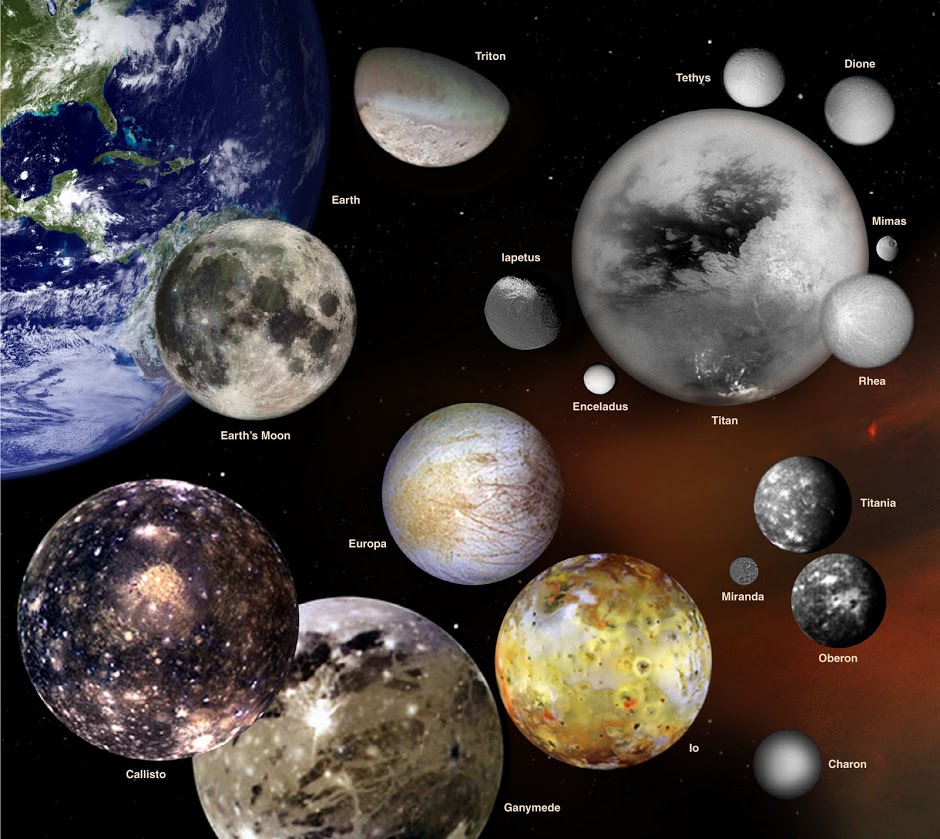January 2026 S M T W T F S 1 2 3 4 5 6 7 8 9 10 11 12 13 14 15 16 17 18 19 20 21 22 23 24 25 26 27 28 29 30 31 Archives
- December 2024
- November 2024
- October 2024
- September 2024
- August 2024
- April 2024
- March 2024
- February 2024
- January 2024
- May 2023
- April 2023
- March 2023
- February 2023
- January 2023
- May 2022
- April 2022
- March 2022
- February 2022
- January 2022
- May 2021
- April 2021
- March 2021
- February 2021
- January 2021
- April 2020
- March 2020
- February 2020
- January 2020
- May 2019
- April 2019
- March 2019
- February 2019
- January 2019
- May 2018
- April 2018
- March 2018
- February 2018
- January 2018
- July 2017
- May 2017
- April 2017
- March 2017
- February 2017
- January 2017
- May 2016
- April 2016
- March 2016
- February 2016
- January 2016
- April 2015
- March 2015
- February 2015
- January 2015
- April 2014
- March 2014
- February 2014
- January 2014
- May 2013
- April 2013
- March 2013
- February 2013
- January 2013
- April 2012
- March 2012
- February 2012
Currently Used Categories
Tag Cloud
- astro201
- astro2110
- astrobiology
- astronomy
- blog1
- blog2
- blog3
- blog4
- blog5
- blog6
- blog7
- blog8
- blog9
- blog10
- brahe
- Class
- Comets
- Copernicus
- earth
- Europa
- extremophiles
- galilei
- galileo
- gravity
- history
- HW2
- HW6
- jupiter
- Kepler
- life
- Mars
- me
- Moon
- NASA
- Newton
- planets
- pluto
- saturn
- Solar System
- space
- technology
- telescopes
- tides
- Time
- Uncategorized
Introduction
Hi everyone! My name is Jessica and I’m a sophomore at Vanderbilt University majoring in computer science. I took ASTR 1010 last year and really liked it so I thought I would take another astronomy class. I’m from Upstate New York so I visit New York City a lot, and this is a picture from […]
Introduction

Hi! My name is Lindsey and I am a sophomore at Vanderbilt University. I am from Jacksonville, Florida and I love football, particularly the San Francisco 49ers.
Introductions
Hello! My name is Alex Barrera-Waters and this is my astronomy blog. My all time favorite movie is Interstellar, which first kindled my love for astronomy. I was particularly fascinated by the black hole that a lot of the movie’s plot revolved around.

In high school, I actually chose a something a main character says in Interstellar as my senior quote. It’s a cool use of physics knowledge in a powerful quote, so I thought it was appropriate.
Newton’s third law. You’ve got to leave something behind.
Cooper, Interstellar
Thanks for tuning in. I’m looking forward to continuing this blog and seeing what there is to learn in the cosmos!
Hi!!

My name is Elizabeth and I am a student at Vanderbilt University. Here is my school’s website! I am studying Human and Organizational Development and Economics. I am from Tennessee and I love walking, reading, watching movies, and relaxing with friends and family.
About Me
This is me on a hike in Missouri. These rocks were formed by a pyroclastic flow!
Hello! I am a sophomore in the College of Arts and Sciences majoring in Earth and Environmental Science with a minor in Sustainability Studies. I am super excited for this class because I am considering an Astronomy minor and am very interested in the subject in general. My plan after undergrad is to study Planetary Geology in graduate school.
Some of my interests outside of school include hiking, reading, playing guitar, and crocheting! I started the Geology Club this year and serve as president, so if anyone is interested in joining we go on hikes and field trips 1-2 times a month as a group. This summer I even hiked the Georgia part of the Appalachian Trail! I am a big fan of science fiction and fantasy, thought lately I have been trying to read more genres. My favorite books that I have read in the past year are probably The Secret History, Poppy War, and Project Hail Mary. I am currently crocheting a Vanderbilt sweater, but in the past I have made a sweater with a bunch of cats and I have made plenty of tank tops and hats. I am also very into clouds and the sky, I even have an instagram account dedicated to pictures I take of clouds. (the featured image is one of the cloud pictures I’ve posted.)
I am excited for this class and to learn more about the Solar System and my peers.
For my 2022 class…
If you’re in my 2021 Solar System class, please put a comment here showing that you’ve found my blog and that you’re following it :) Please include your first name and last name initial. Note that you MUST be logged in to your own WordPress blog when commenting or else you’re doing it wrong!
Also make sure you have bookmarked the big class blog aggregator: Astro2110 – The Solar System. From there, you can follow everyone or specific classmates if you like (when I post them).

ExploreMoons
Jupiter has a total of 53 named moons. That is more than any other planet in our solar system. The four largest moons ( Io, Europa, Callisto, and Ganymede) are called the Galilean Satellites. They were named after the astronomer Galileo who first discovered them. These four each have distinct characteristics that distinguish them from one another. Io, for example, has more volcanoes/volcanic activity than any other body in our solar system. Europa is an ice world that is said have have twice as much water as Earth. Ganymede is the largest moon in our solar system and is even larger than the planet mercury. Jupiter’s moons are extremely fascinating and even more fascinating to look at. Check out these beautiful shots from Nasa, and take a trip to their page on Jupiter’s moons for more info!
Moons are Cool!

One thing that I think is going to stick with me the most is how cools moons are. Entering this class all I knew was our moon, and although that’s our girl, been here since day one, she’s pretty basic (no offense Luna, I still love you). So, I though all moons were like her, grey, small, round and, craters. I couldn’t have been more wrong. The fact that some moons maybe more suitable for life than any other planet of our solar system is mind boggling to me. Human could potentially relocate and repopulate on a moon! They are also some of the most aesthetically pleasing and intriguing objects in our solar system—Europa with its caramel drizzle like cracks and IO with bright yellow hue. If anyone taking this class in the future asks me what to expect from this course, I will be sure to let them know that they should expect to be shocked at how cool the moons of our solar system truly are.
Meet the Snottite

I would like to introduce you to the Snottite. The Snottite is a microbial mat of extremophilic bacteria that hang around walls and ceiling of caves just like stalactites. That’s maybe why they have the same suffix. But yes, it does get its name for its mucus like consistency but they are every bit extremophile. Among other kinds of environments, the bacteria colony survive in very toxic and acidic environments. Their source of survival is a mechanism called chemosynthesis. Essentially, they turn volcanic sulfur compounds into energy and sulfuric acid waste that has similar property to that of battery acid. It’s safe to say that the Snottite’s dream world is IO, all the volcanic sulfur you could ever possibly dream of. They would be in paradise. we know that if there is life on other planets, it would most likely be in the more of an extremophile made for the conditions of that particular world. I think I just found what could be possibly existing on IO.
Posted in Class
Tagged astro2110, blog7, extremophile, extremophiles, Io, Uncategorized
Comments Off on Meet the Snottite
Where are they?
The likelihood of life outside of our planet is a heavily debated topic. Overall, it seems reasonable to assume that with all of the unexplored universe around us, and the conditions required to sustain life that are not all that hard to find, there should be plenty examples of life elsewhere. Despite this, and the overwhelming belief that we should be finding life, we are not. There is no evidence of any life, whether intelligent or not, outside of our planet. One explanation of this is the Fermi Paradox. It attempts to answer the question: where are the aliens? The Fermi Paradox proposes four arguments to explain the reason that we have not observed extraterrestrial life. 1: Aliens have not come to Earth due to the difficulty of space travel, whether it be from biological, astronomical or engineering difficulties. 2: Aliens simply have chosen never to come to Earth. 3: Advanced civilizations of aliens have arisen too recently for them to have been able to reach us yet. 4: Aliens have visited Earth in the past but for whatever reason, we did not observe them. This paradox does do a good job of attempting to answer a very perplexing question. That being said, most of these answers are quite unsettling as well. Personally, I think it would be very strange if aliens have been observing us, or have even come to our planet, and we have had no idea. I wonder which of these explanations, if any, are correct: let me know what you think is the most likely option!
Posted in Aliens, Class
Tagged astro2110, blog8, extraterrestrial, fermiparadox
Comments Off on Where are they?

